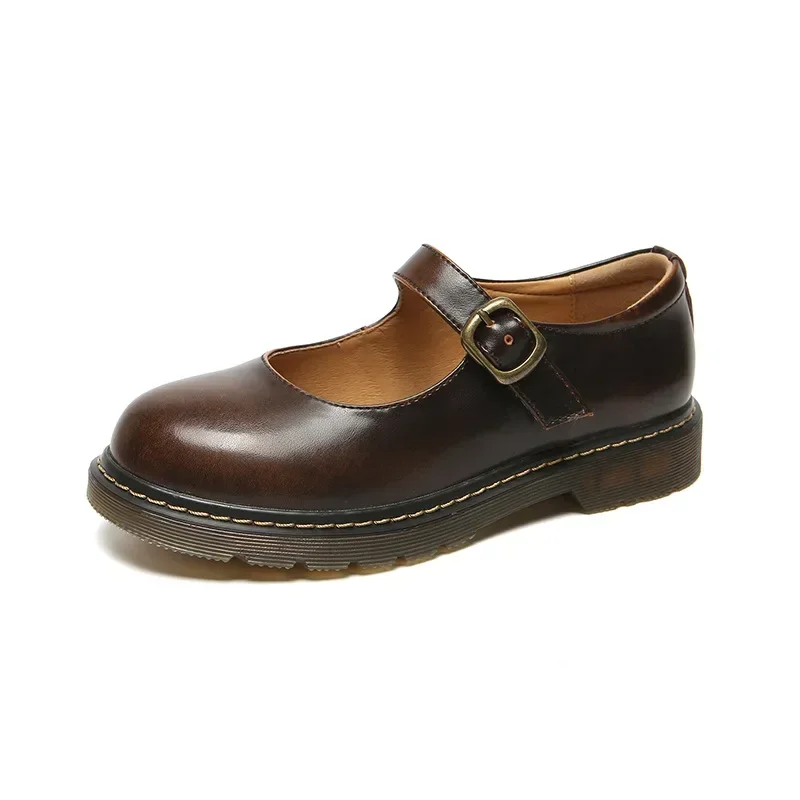Introduction to Leather Soled Shoes
Leather soled shoes have been a staple in men’s fashion for centuries. These shoes are known for their classic style, durability, and the unique comfort they provide. Unlike rubber or synthetic soles, leather soles offer a distinct feel and aesthetic that many shoe enthusiasts appreciate. This article delves into the intricate details of leather soled shoes, exploring their history, construction, benefits, and how to care for them. We will also look at how they fit into modern fashion trends and why they remain a preferred choice for many.
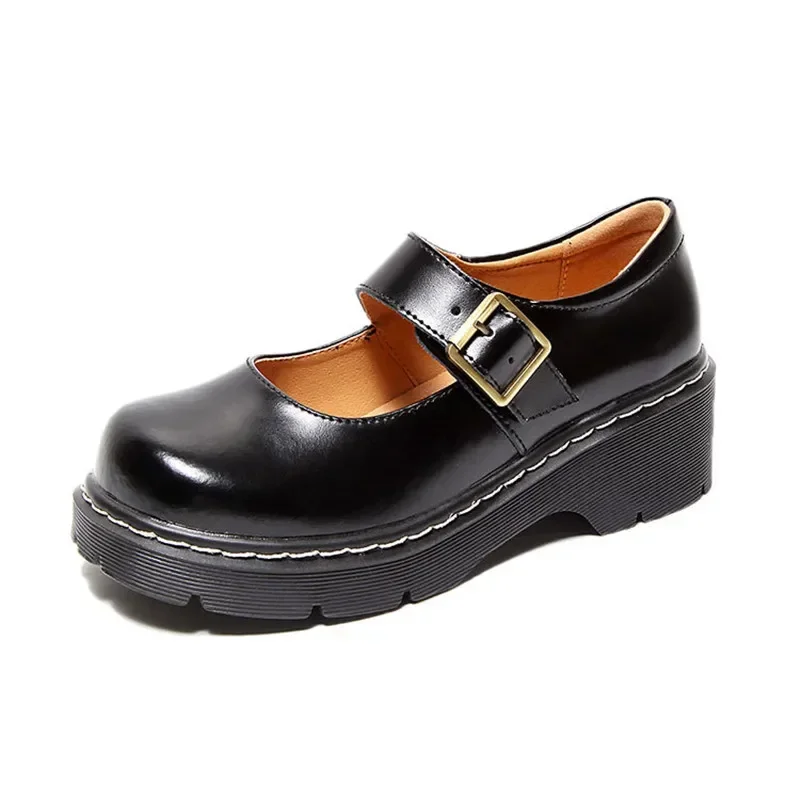
A Brief History of Leather Soled Shoes
Leather soled shoes have a rich history that dates back to ancient civilizations. Early records show that leather was used for footwear by Egyptians, Greeks, and Romans. The versatility and durability of leather made it an ideal material for protecting feet while providing comfort and flexibility.
In the Middle Ages, leather shoes became more sophisticated with the introduction of techniques like tanning and stitching. Cobblers and shoemakers honed their craft, creating shoes that were not only functional but also stylish. By the Renaissance, leather soled shoes had become a symbol of status and wealth, often adorned with elaborate designs and decorations.
The industrial revolution brought significant changes to shoe manufacturing. The invention of sewing machines allowed for mass production, making leather soled shoes more accessible to the general public. Despite the rise of synthetic materials in the 20th century, leather soled shoes have maintained their prestige and are still regarded as a mark of quality and craftsmanship.

Construction of Leather Soled Shoes
The construction of leather soled shoes involves several meticulous steps. Each stage requires precision and expertise to ensure the final product is both durable and comfortable. Here, we break down the process into key stages.
Selecting the Leather
The first step in making leather soled shoes is selecting high-quality leather. Full-grain leather is often the preferred choice because it retains the natural grain and strength of the hide. This type of leather is durable, breathable, and ages beautifully over time.
Cutting and Shaping
Once the leather is selected, it is cut into various pieces that will form the upper part of the shoe. Skilled artisans carefully measure and cut each piece to ensure a perfect fit. The leather is then shaped and molded to create the desired shoe form.
Stitching and Assembly
The next stage involves stitching the leather pieces together. Traditional methods like Goodyear welt construction and Blake stitching are often used. Goodyear welt construction is particularly revered for its durability and ease of resoling. Blake stitching, on the other hand, provides a sleeker, more flexible shoe.
Attaching the Sole
Attaching the leather sole is a critical part of the process. The sole is cut from a thick piece of leather and is then shaped to match the shoe’s design. It is attached using stitches or adhesive, depending on the construction method. Once attached, the sole is trimmed and finished to ensure a smooth edge.
Finishing Touches
The final stage involves polishing and finishing the shoe. Artisans use various techniques to buff and shine the leather, enhancing its natural luster. The shoe is also conditioned to keep the leather supple and protect it from drying out. These finishing touches not only improve the shoe’s appearance but also prolong its lifespan.
Benefits of Leather Soled Shoes
Leather soled shoes offer numerous benefits that set them apart from shoes with synthetic soles. These advantages encompass comfort, durability, breathability, and overall aesthetic appeal. Let’s explore each of these benefits in detail.
Comfort and Fit
One of the primary benefits of leather soled shoes is the comfort they provide. Leather is a natural material that molds to the shape of your foot over time. This personalized fit ensures maximum comfort and support, making leather soled shoes ideal for long periods of wear.
Leather soles also offer a unique feel underfoot. Unlike rubber or synthetic soles, leather soles provide a firm yet flexible base that enhances the overall walking experience. This firmness helps distribute weight evenly across the foot, reducing pressure points and preventing discomfort.
Durability and Longevity
Leather soled shoes are renowned for their durability. High-quality leather can withstand daily wear and tear, making these shoes a long-lasting investment. The robust nature of leather soles means they can handle various surfaces without deteriorating quickly.
Moreover, leather soled shoes can be easily resoled. This ability to replace the sole extends the life of the shoe significantly. When the sole wears out, a skilled cobbler can attach a new leather sole, restoring the shoe to its original condition. This resole-ability makes leather soled shoes a sustainable choice, reducing the need for frequent replacements.
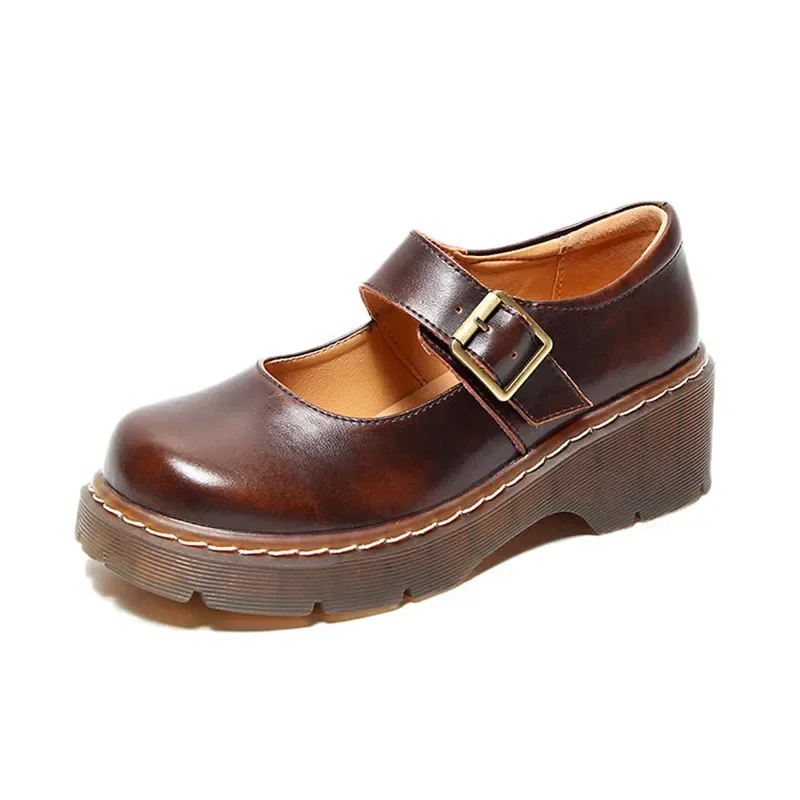
Breathability and Hygiene
Another key benefit of leather soled shoes is their breathability. Leather is a porous material that allows air to circulate within the shoe. This breathability helps keep your feet cool and dry, reducing the risk of odor and fungal infections.
The natural moisture-wicking properties of leather also contribute to better foot hygiene. Leather absorbs sweat and expels it through the pores, keeping your feet dry and comfortable. This moisture management is especially beneficial during warm weather or extended periods of wear.
Aesthetic Appeal
Leather soled shoes have a timeless aesthetic that appeals to many. The natural texture and sheen of leather exude elegance and sophistication. Whether it’s a pair of classic Oxfords or stylish loafers, leather soled shoes add a touch of class to any outfit.
The aging process of leather also adds to its charm. Over time, leather develops a unique patina that enhances its appearance. This natural aging process gives each pair of leather soled shoes a distinctive character, making them even more appealing.
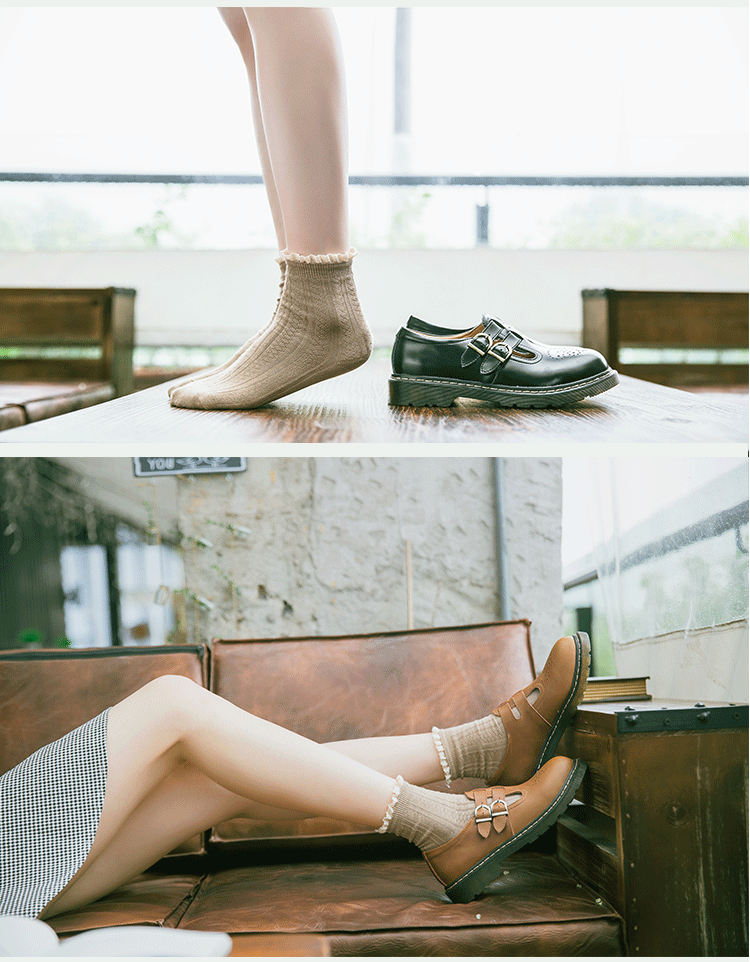
Caring for Leather Soled Shoes
Proper care and maintenance are essential to preserving the beauty and longevity of leather soled shoes. Regular cleaning, conditioning, and storage practices can significantly extend the life of your shoes. Here are some tips on how to care for your leather soled shoes.
Cleaning Your Leather Soled Shoes
Regular cleaning is crucial to maintaining the appearance of your leather soled shoes. Start by removing any dirt or debris with a soft brush. Use gentle strokes to avoid scratching the leather. For stubborn stains, a damp cloth can be used to wipe the surface clean.
It’s important to avoid using harsh chemicals or excessive water during the cleaning process. These can damage the leather and affect its natural properties. Instead, opt for mild soap or specialized leather cleaner for deeper cleaning.
Conditioning the Leather
Conditioning is vital to keep the leather supple and prevent it from drying out. Apply a small amount of leather conditioner to a clean cloth and gently rub it into the leather. Focus on areas that are prone to drying, such as the toe box and heel.
Allow the conditioner to absorb fully before buffing the shoes with a soft cloth. Regular conditioning not only keeps the leather soft but also enhances its natural shine. It’s recommended to condition your leather soled shoes every few months, depending on the frequency of wear.
Polishing for Shine
Polishing your leather soled shoes helps maintain their shine and protect the surface. Choose a high-quality shoe polish that matches the color of your leather. Apply a small amount of polish to a cloth and spread it evenly across the shoe.
Buff the shoes with a soft brush or cloth to achieve a polished finish. Polishing not only enhances the appearance of your shoes but also provides a protective layer against scuffs and scratches.
Storing Your Shoes
Proper storage is essential to maintaining the shape and condition of your leather soled shoes. Use shoe trees made of cedar or another moisture-absorbing material to retain the shape and prevent creasing. Shoe trees also help absorb excess moisture, reducing the risk of mold and mildew.
Store your shoes in a cool, dry place away from direct sunlight and heat sources. Avoid stacking or crushing your shoes, as this can deform the leather. If you’re traveling, use shoe bags or protective covers to shield your shoes from damage.
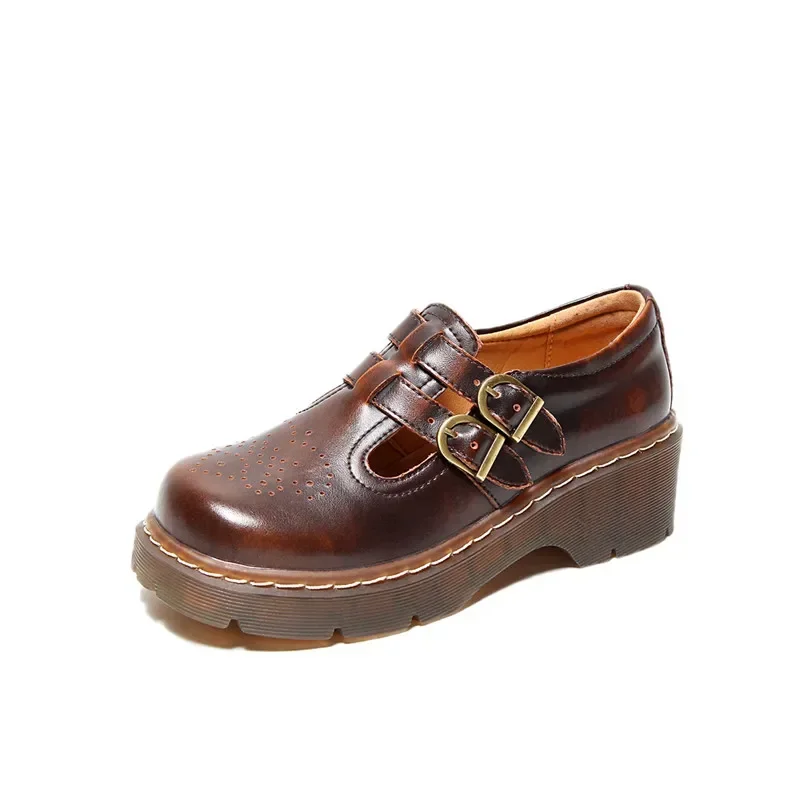
The Future of Leather Soled Shoes
The future of leather soled shoes looks promising, with innovations in design and technology shaping the way forward. As consumer preferences evolve, manufacturers are incorporating new materials, advanced construction techniques, and sustainable practices to meet the demands of modern consumers.
Technological Advancements
Advancements in technology are revolutionizing the construction of leather soled shoes. From ergonomic designs to advanced cushioning systems, these innovations enhance comfort and functionality. Manufacturers are incorporating features like memory foam insoles and shock-absorbing components to provide superior support and reduce fatigue during prolonged wear.
Additionally, new techniques in leather tanning and finishing are improving the quality and durability of leather soled shoes. These advancements ensure that the shoes retain their aesthetic appeal and structural integrity for a longer period.
Embracing Sustainability
Sustainability is a key focus for the future of leather soled shoes. With increasing awareness of environmental issues, consumers are seeking products that align with their values. Manufacturers are responding by adopting sustainable practices throughout the production process.
This includes using vegetable-tanned leather, which eliminates harmful chemicals and reduces the environmental impact. Brands are also exploring alternatives to traditional leather, such as recycled leather and plant-based materials, to create eco-friendly options. These sustainable choices ensure that leather soled shoes continue to offer quality and style while minimizing their ecological footprint.
Conclusion
Leather soled shoes represent the epitome of craftsmanship, elegance, and timeless style. Their rich history, meticulous construction, and numerous benefits make them a cherished choice for discerning individuals. Whether it’s the unparalleled comfort, durability, or aesthetic appeal, leather soled shoes continue to captivate shoe enthusiasts around the world.
